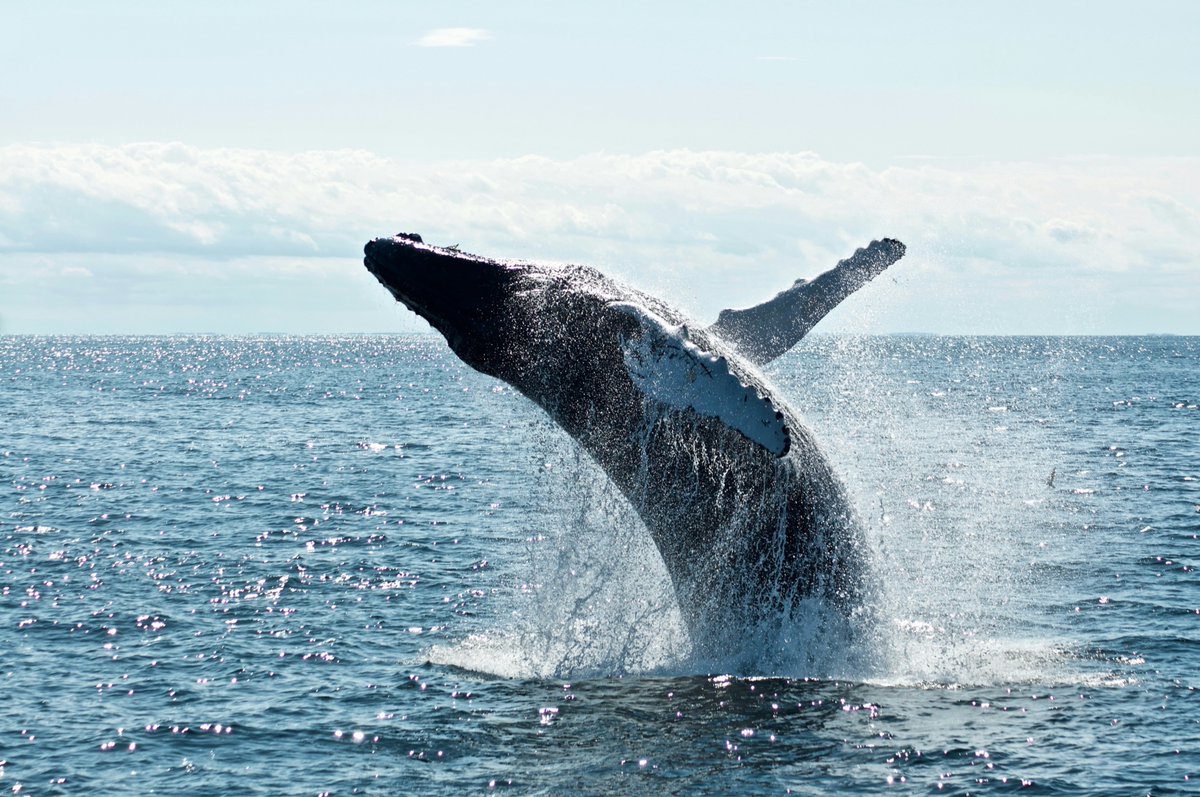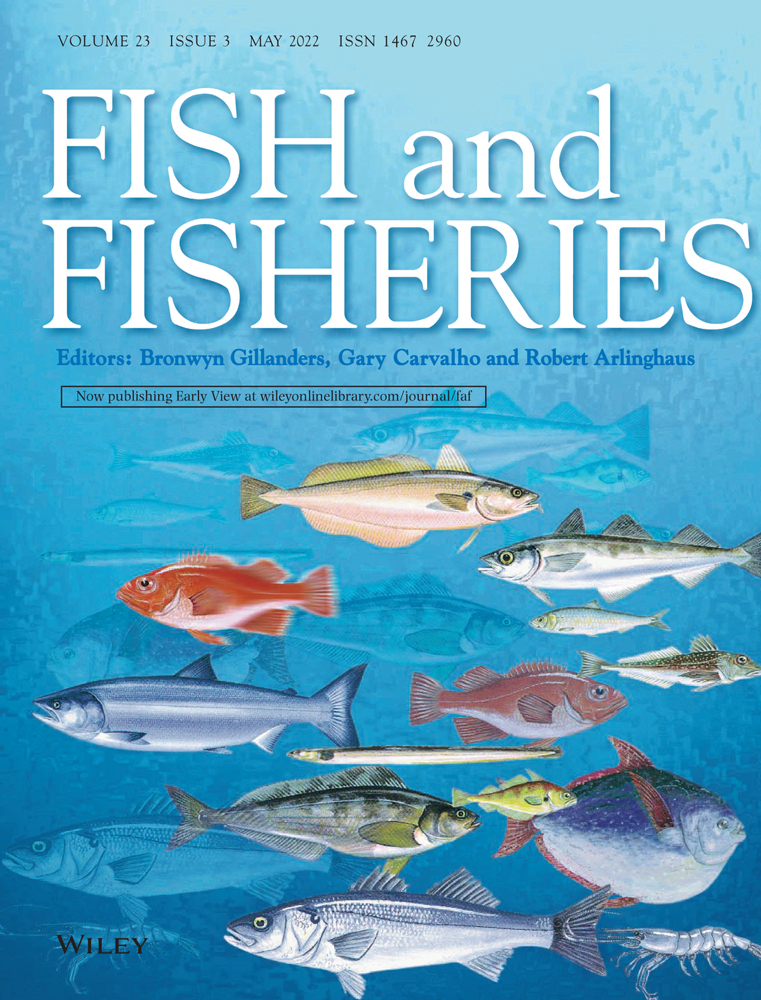
MegaMove
@megamove_org
MegaMove is a global initiative involving hundreds of researchers worldwide aiming to advance the global conservation of marine megafauna. 🌊🐳🦈🐢🐬
ID: 1453977303696883715
http://megamove.org 29-10-2021 06:49:52
39 Tweet
319 Takipçi
74 Takip Edilen
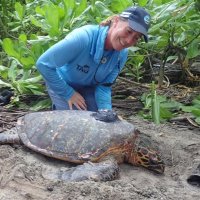
New fully funded #PhD for Sept 2022! ONLY for Indian Ocean region candidates to study sea turtle biology in the Western Indian Ocean, including foraging ecology & identification of critical habitats. Funded by Bertarelli Foundation at Swansea University More details: tinyurl.com/mamckb2h


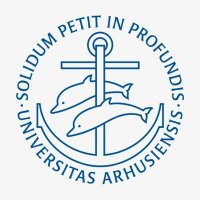

Tenure-Track Appointment in Marine Ecotoxicology SFU Biological Sciences Deadline 14th October sfu.ca/biology/about/…

Another cool project using tagging to understand what the #endangered Australian sea lions are up to in the Perth metro waters with Chandra Salgado Kent, Holly Raudino, Kelly Waples & many more! Ecology&EvolutionANU UWA Oceans Institute @WAMSInews sequeiralab.com/2022/10/17/tag…

A nice summarised version in The Conversation - Australia + New Zealand about our recent publication in Science (science.org/doi/10.1126/sc…) 🌊🐳🦈🐢🐧


🌊 Our recent landmark global study on marine megafauna is live and openly accessible. It draws from decades of tracking whales, turtles, sharks and more to guide ocean conservation worldwide. UN Ocean Decade ourANU UWA Research 🔗 Read more: quicklink.anu.edu.au/hioa


🌱 Marine megafauna are sentinel species – they can be indicators of climate shifts and ecosystem health. Protecting them means we’re protecting the ocean and other biodiversity that depends on it. Science & Medicine at ANU Schmidt Ocean


📍 About 66% of marine megafauna movements are linked to important behaviours like migrating, foraging, and breeding. The areas most used for these behaviours might be key to their survival! UWA Research Australian Institute of Marine Science
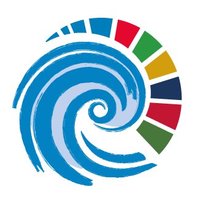






Whales and dolphins rely on sound for their daily activities but human-derived noise is affecting their behaviour. Although invisible, noise pollution is everywhere. Implementing actions to mitigate this threat is needed, such as reducing vessel noise Science & Medicine at ANU UN Ocean Decade
